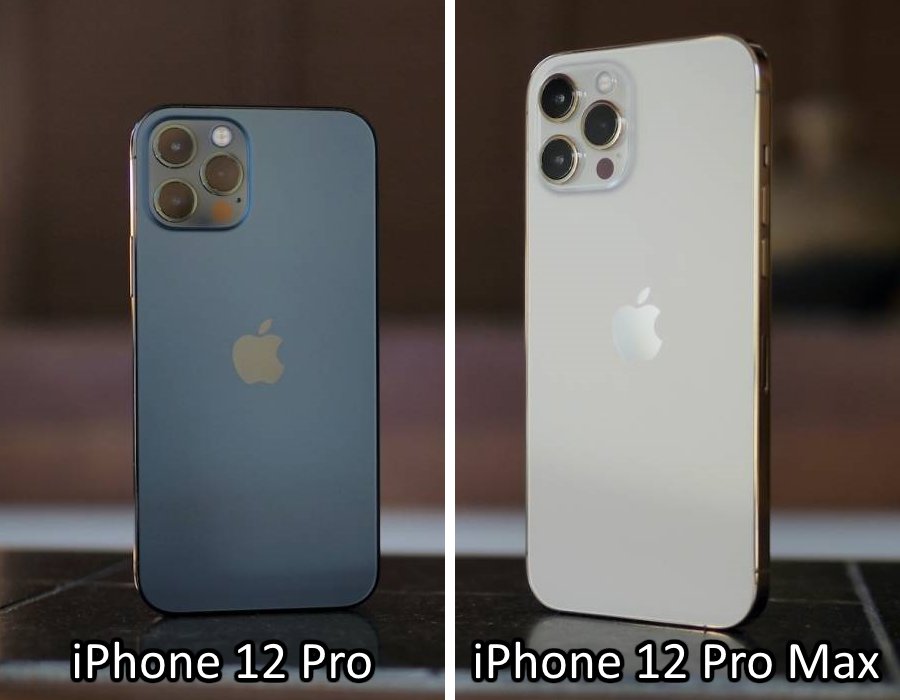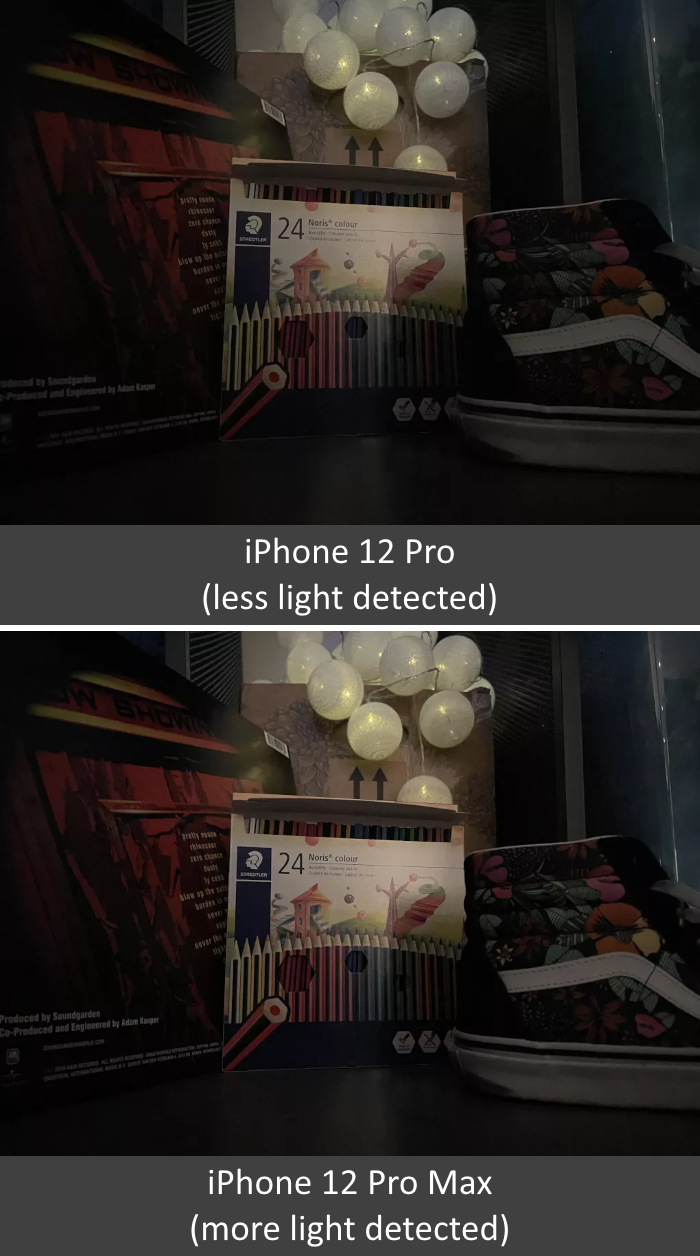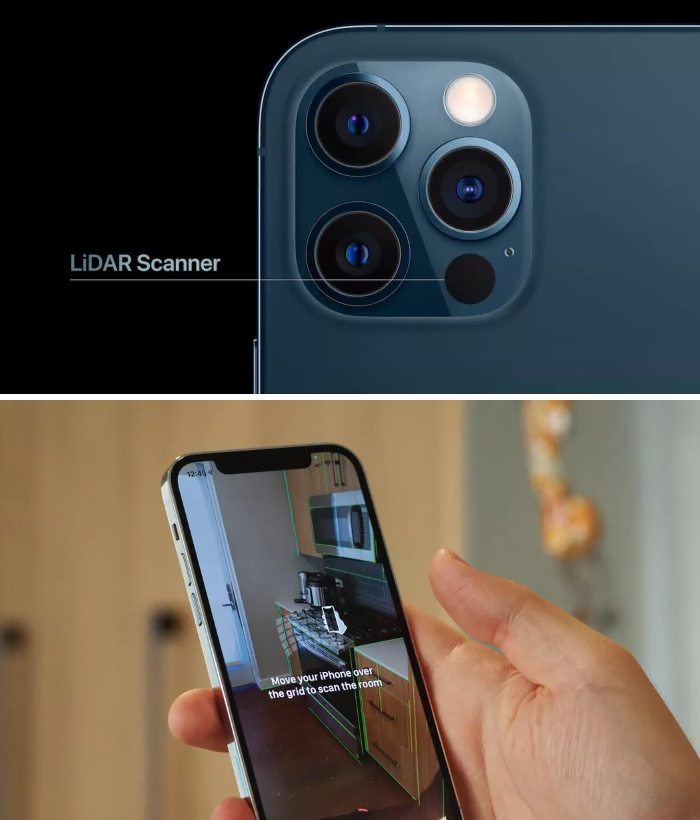With the new iPhone 12 Pro models, Apple is back to what it was a few years ago, in the age of the iPhone 8 and a few additional camera perks in its more expensive models. This is shown by the new iPhones 12 Pro Max, which will be shipped on Friday. Not only is the Max a bigger iPhone, but it also has extra power and a lens that its smaller siblings lack. The same is also included in the camera system
In this review, I will focus on the specific camera improvements to help you decide between the iPhone 12 Pro Max and the iPhone 12 Pro. If you’re itching to know the answer to a big question then the answer is yes, the iPhone 12 Pro Max is the iPhone you should purchase if you want the best camera experience on a smartphone. The improvements are identical no matter which model you choose. You just have to know that the margins are thinner than ever.
I love the sheer size of this thing; the bigger body allowed Apple to put a larger image sensor in the main camera. Larger sensors allow smartphone cameras to absorb more light when pressing the shutter button. The larger the sensor, the better the image quality is, the more detail you can see in the frame, and the performance improves significantly in low light. You can see the benefits in the photos I took with the iPhone 12 Pro Max.
With a larger sensor, Apple has opted for sensor-shift stabilization. This is similar to the image stabilization mechanisms of professional cameras and DSLRs. Instead of a stable lens or optical image stabilization, Apple keeps the sensor itself stable on its body.
This has a positive effect on image quality, especially in low light, where you have to stand still for several seconds to get a clear picture. It also makes the Pro Max more adept at balancing micro-movements in your hands, allowing you to take photos and record videos faster.
Apple claims that the sensor is 47 percent larger and offers an improvement of 87 percent over the low-light iPhone 11 Pro Max last year. This is not a sufficient reason to upgrade from last year’s model unless you had serious problems with it. But the improvements are tangible enough to overcome them. If you compare the iPhone 12 Pro and iPhone 12 Pro Max, the new sensor doesn’t make a dramatic difference.

You need an eagle’s eye to recognize them. I displayed test photos of both phones on a large monitor side by side, and it is easy to see the benefits of the larger sensor. Most of the time I just had to zoom in to see a distinction. Photos taken with the Max in low light provided images with less noise and sharper details than those of the iPhone 12 Pro.
An important factor is that the Pro Max’s sensor absorbs more light, so you don’t have to rely on night mode when shooting scenes in the dark. This means the Max can take photos with less light than the iPhone 12 Pro. Speed in low light is important, and milliseconds with the shutter open means fewer shaking hands while recording, but there were a few shots that were blurred. One thing I have noticed is that when shooting scenes where the dark areas on the iPhone are pitch black, there is a good chance that they are Max photos, even if they are a bit too bright. The sensor shift ensures better clarity, which is particularly noticeable in portrait photos at night.

The additional light captured by the Pro Max removes noise and brings out more detail. The iPhone 12 Pro Max also features a LiDAR scanner that records an invisible laser of the phone to measure the distance between objects in front of it, much like a self-driving car tracks traffic on the road. It is activated in night mode and also works in portrait mode.

You will not find many photos where you will be disappointed if you shoot in daylight. I prefer the daylight results of google pixel 5, where the colours look lifelike in high-contrast scenes, while the Pro Max images are a little less clear. Another advantage is that the Pixel is harder to spot in the sun than the iPhone 12 Pro Max. The Pixel intervenes to capture more definition in areas polluted by the iPhone.
There are two additional cameras between the main camera on the back of the iPhone 12 Pro Max and the iPhone12 Pro. One is a 12-megapixel ultra-wide, and it’s the same as the 12 Pro and 12 Pro.
Its larger field of view allows you to shoot more scenes than the standard camera. It does a solid job in low light, but the pixel ultra-wide camera would have done a little better. The last camera on the back is the Telezoom camera, which differs slightly depending on the iPhone model.
The telephoto lens Pro Max features 2.5x optical zoom but is only a step closer to your subject than the 2x optical zoom camera of the normal iPhone 12 Pro. It’s nice that Apple has gone with something more than the 3X optical zoom cameras that are available on competing Android phones. The Pro Max’s f / 2.2 narrow aperture is one of the compromises you have to make to zoom that far, but both cameras capture less light. The results, however, are different. When I used the Pro Max at night, the iPhone 12 Pros telephoto lens outperformed the iPhone Pro Max, and this is because the smaller aperture takes the opportunity to zoom in a bit closer.
In videography, the larger image sensor in the main camera makes a noticeable difference. When shooting high-contrast scenes in dim interiors or in bright sunlight, the Pro Max better illuminates areas where the iPhone 12 Pro tends to wrap the background in bright white. The footage from the Pro Max does not have as much grain even in darker scenes. There’s also a difference between the front-facing selfie camera of the iPhones 12 Pro and Pro Max. The quality is similar to the Pixel 5, but I think its selfie cam handles skin color a little better.
The improvements you can get from a larger sensor are small compared to the excellent iPhone 12 Pro, but they add up to make this large handset the best videography and photography phone in the market.
Article Written By: Osiris Merck
Also Read: WhatsApp recently launched End-to-End Encryption for User Backups





